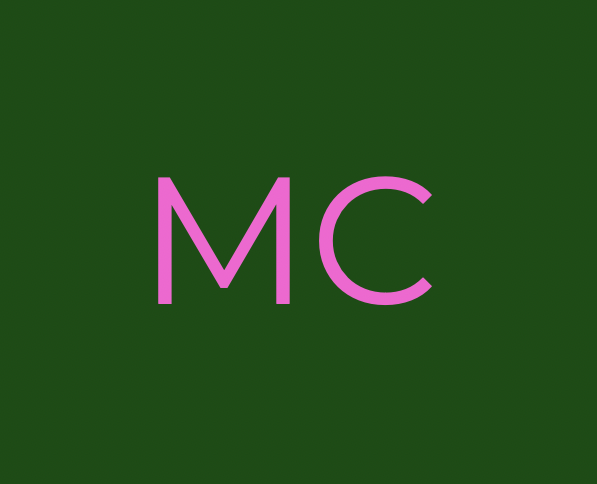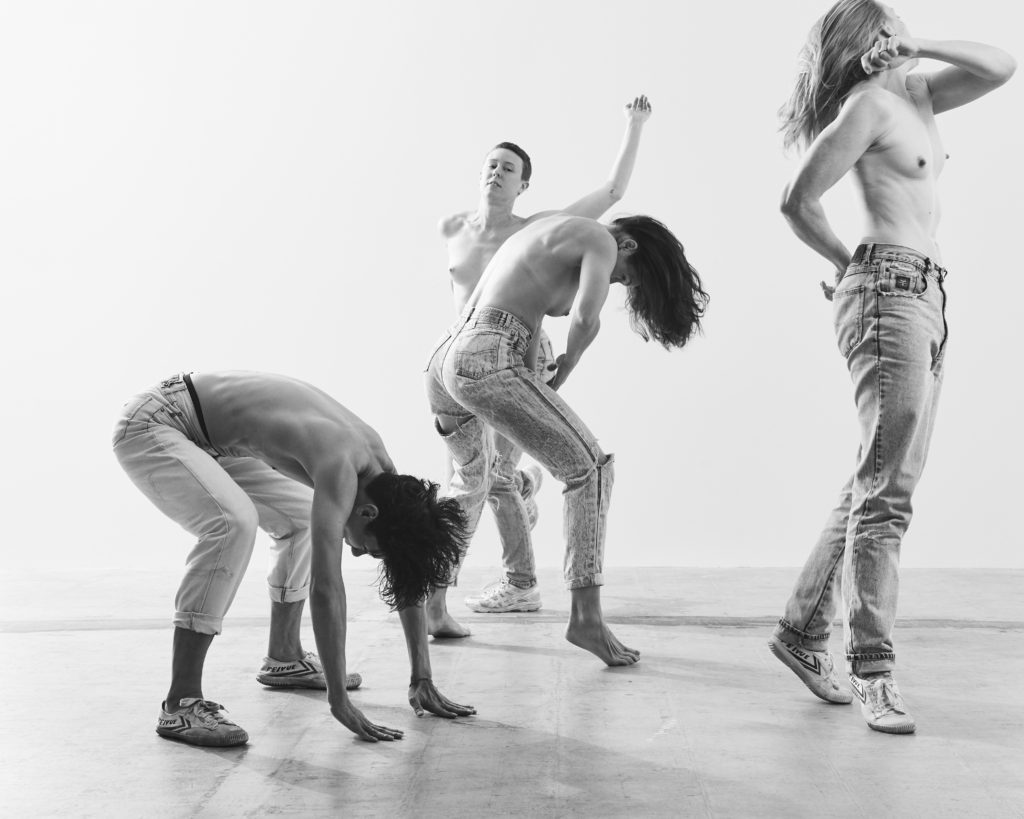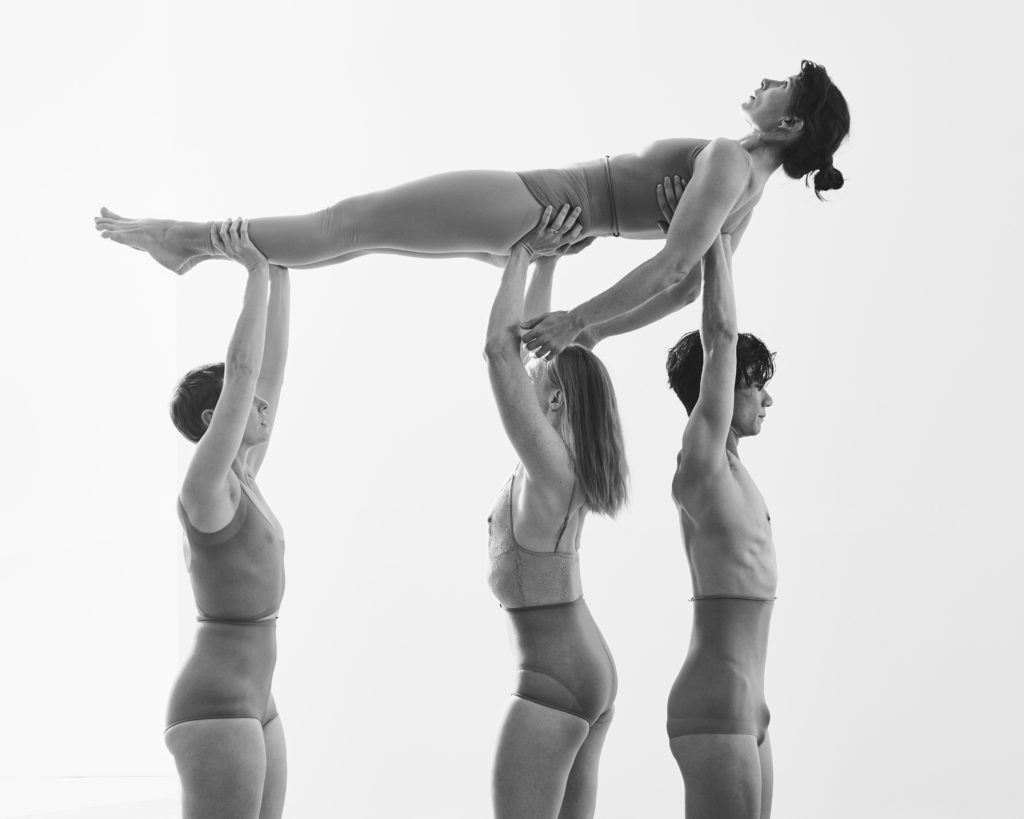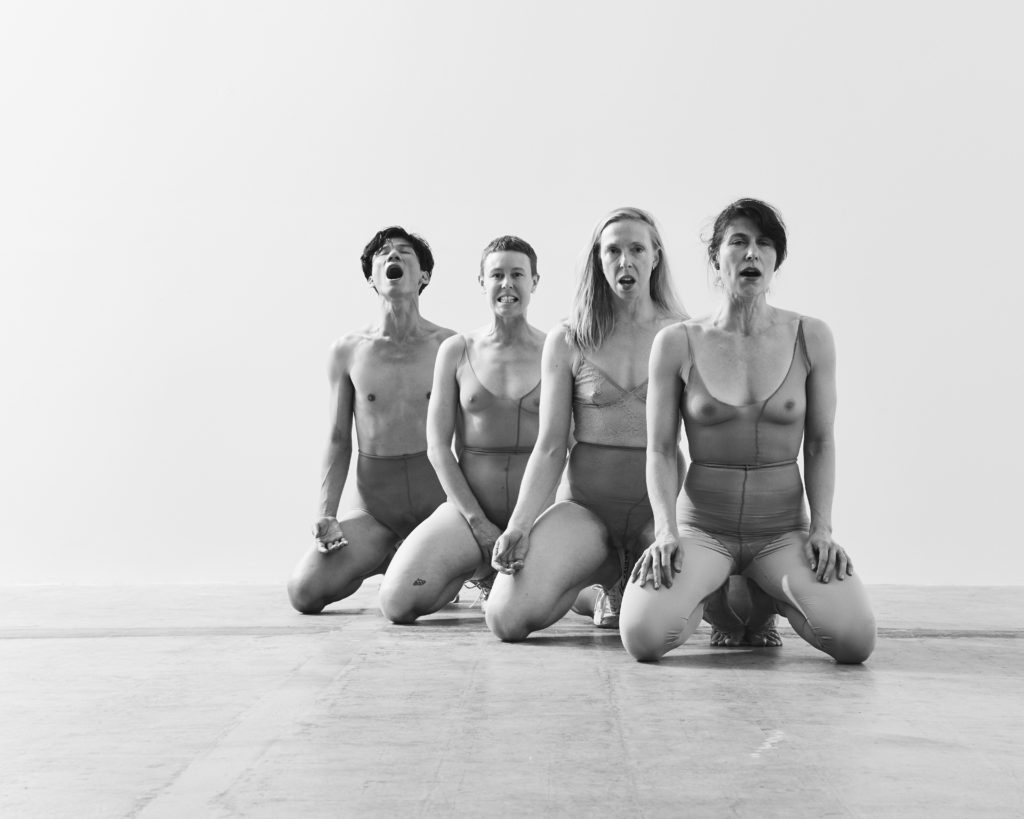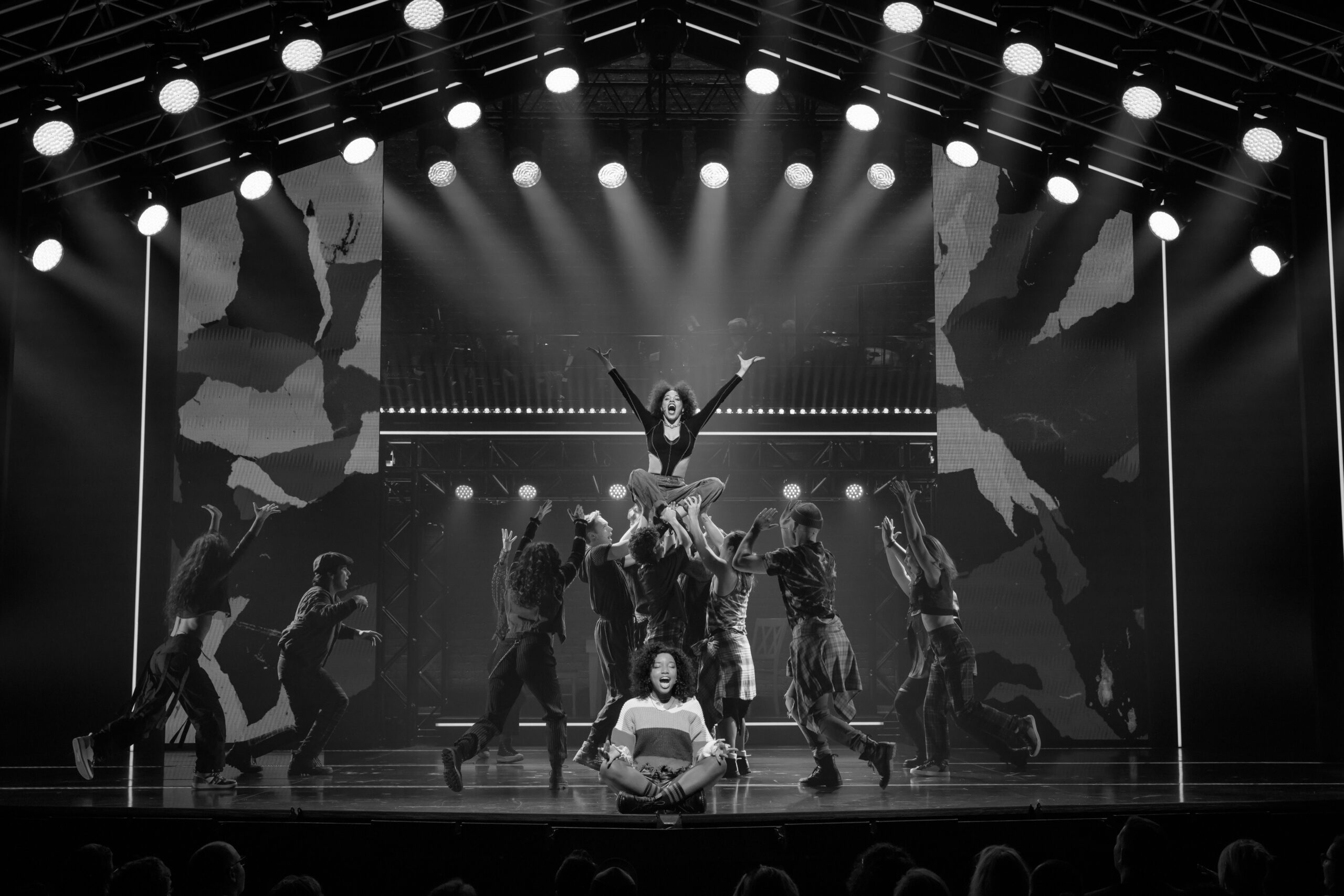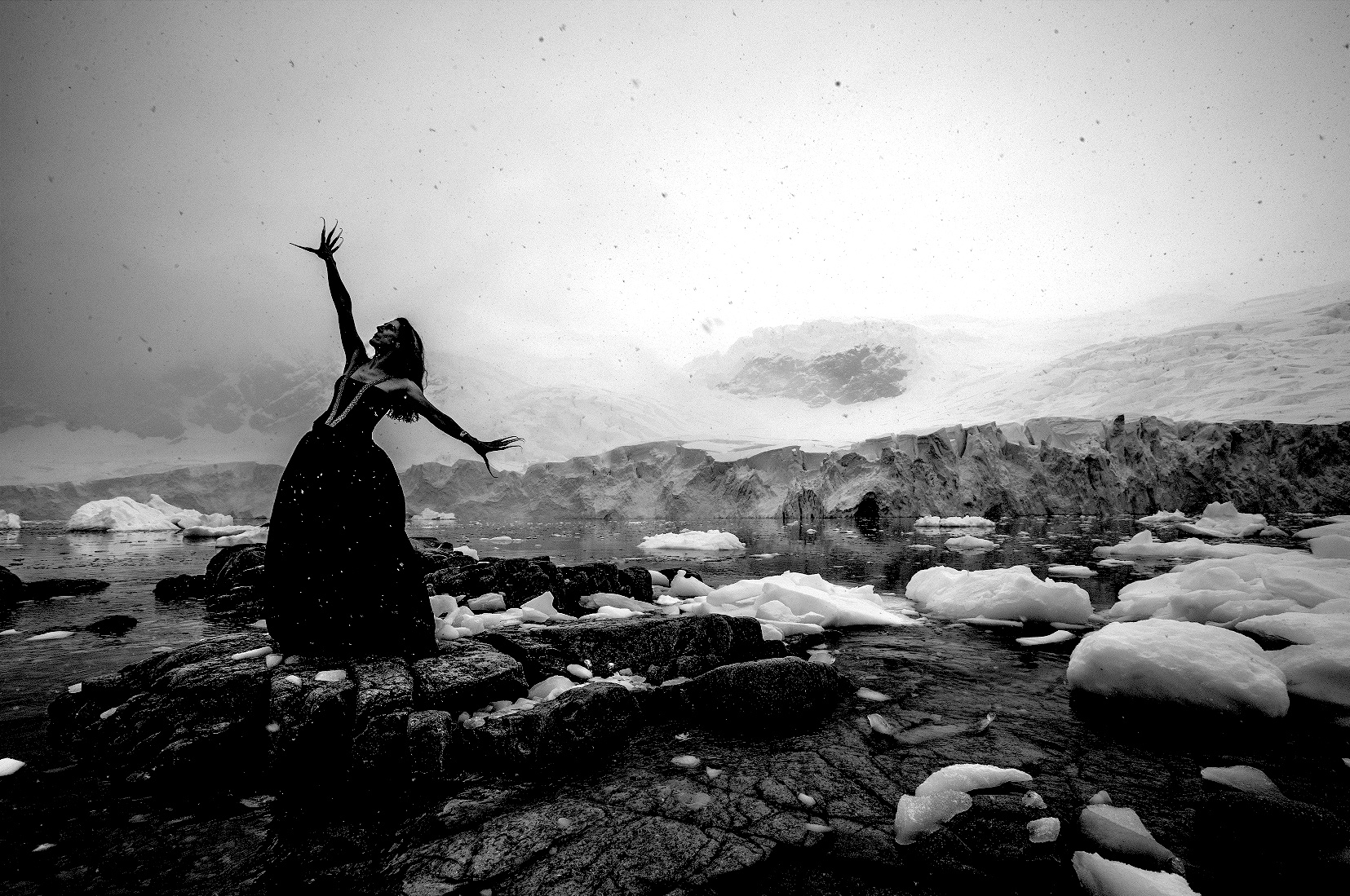OVERTURE
‘Overture’ is not only a term used to name the prelude to an opera. It also means an opening; an offer; to uncover; an initial move toward negotiations. It’s a dance that considers the unrequited, the unattainable; an attempt to connect with particular beings of interest/obsession, including each other. Creating shared fictions, OVERTURE’s dancers reconstruct and invoke lost heroes in order to play out impossible scenarios.
Fabrication is the engine for endless desire as they transcend barriers to be with one another. Created by local dance luminary, Jo Lloyd, whom spoke with The Melbourne Critique, about process, inspiration and those people whom continue to inspire, long after they have left the living space among us.
Jo, introduce us to this work and what is wishes to unpack, explore and uncover, thematically but also in the broader context of dance as genre?
Well I started with a traditional kind of development, where I was an artist in residence; I thought I would use this piece of music that I love and am obsessed with, and choreograph to that. But, as it turned out, when I created it, I didn’t just play the music and dance exactly to it. I, instead, wanted to explore how it would be to brush up against it and against life. This piece of music, of course, was Mendelssohn’s Overture in E minor to A Midsummer Nights Dream, and I knew the Shakespearean tale and all the drama attached and, of course, the mischievous nature of it – but, it was more that I was inspired by the complexity of it, because it’s really beautifully detailed and full of emotions.
I also, had to question the connection I felt to this piece of music that. That I had first heard it may years ago, but now still felt an incredible sense of relevance a sense of interconnectedness with this piece and to the person who created it – I wondered what it would be like to have met him, what it would be like to even be him? It then went on from there.
I just kept thinking and reading, and, in particular, finding out more about his relationship with his sister; which then had me looking at ideas surrounding authorship and permission. Because, historically, a lot of women were not given permission to create their art. They were told that their place was in the home. That’s exactly what happened with his sister, Fanny Mendelssohn. Because, even to this day, a lot of her compositions are still held and not released to the public. What comes through in this work is, perhaps my curiosity, about what their relationship was, this work really is just a mechanism for conversation surrounding these kinds of issues. These were brave people and the evidence of this is very much in their music.
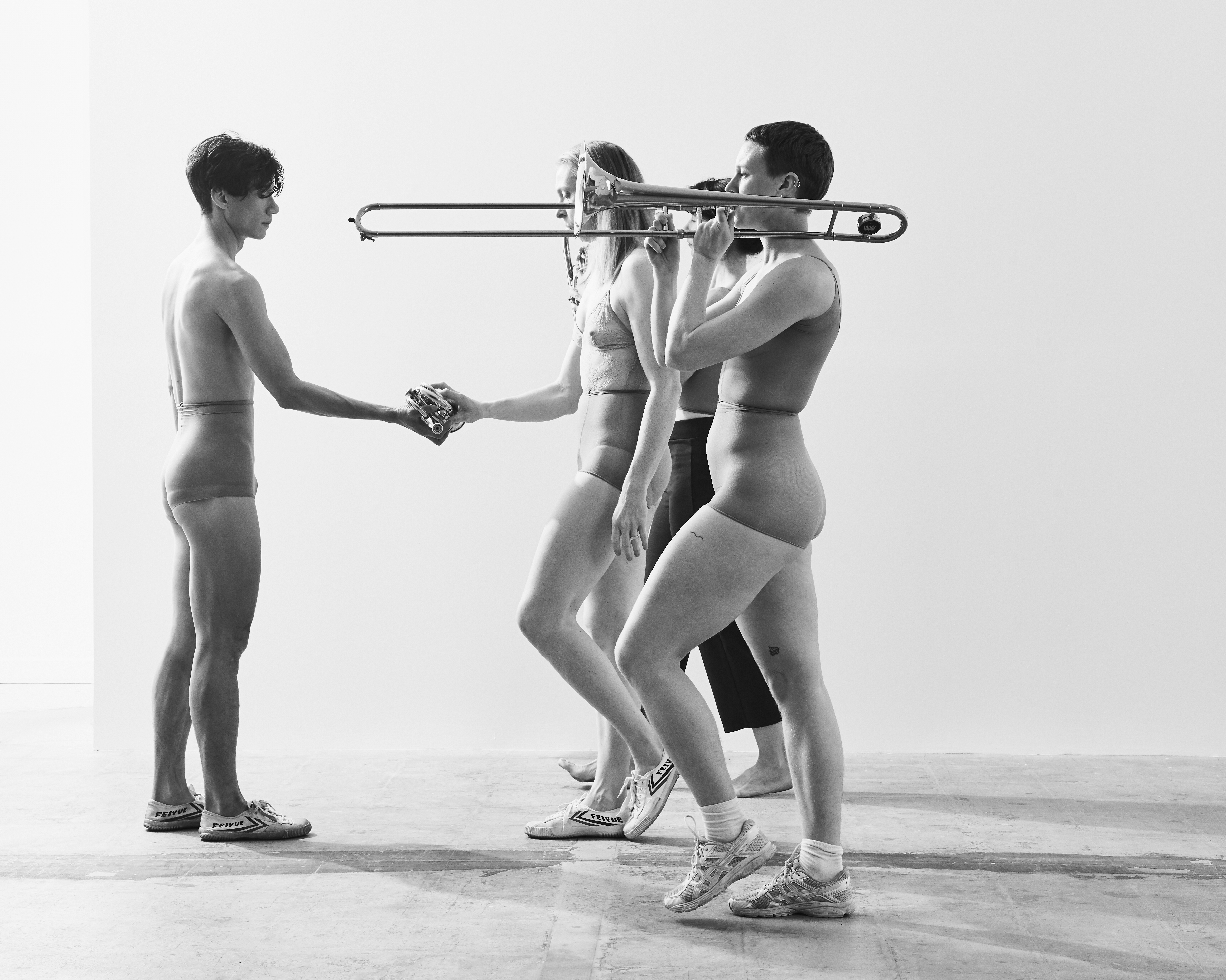
So, talking about this kind of censorship of women, in a historical sense, how does it relate in a modern context?
Even with the publicity for this show, we have been told not to use certain images, because they contained female nipples and body parts. Personally, this year I’ve even had three occasions where I have been told that I can not perform topless, but “he can.” Just this morning, I had an Instagram post about this show, that I thought I had gotten away with for a couple of weeks, be removed due to it containing female nudity. So, we need to have these kinds of conversations around permission and consent, and performance and art are perfect ways in which these conversations can come about.
So then, would you agree that dance can be a political statement, able to broach such subjects or continue legacy?
Basically, there is this idea that when you speak to someone and you have a conversation, you do hear what they say but inside your head you might not hear it the same way, it’s a shared fiction. We concoct these scenarios. Personally, I don’t really consider myself or what I create to be any one thing, I like the idea of de-categorising things and just letting people do what they need to do. I don’t deliberately make work that wishes to discuss these things or push concepts too hard, but, what I am interested in is continuing a legacy of other people. Like my mother, who is no longer with us, but was a powerful woman, so I continue on in her and in others’ names; I guess, like this work, it’s about creating an overture for these people that no longer walk alongside us. If you had that chance again, what would you say to someone before they go?
And how have these themes and concepts been strengthened through creative process and by working with other dancers, , how are its concepts and themes being translated for audience?
I do normally tend to work solo, but with this one, that kind of process didn’t last long, I created a dance and then let others watch it, repeat the moves and then, finally, try and name what it was we were creating. I’m interested in notation in this sense; it’s about defining the choreography but not setting the material in stone. It was about the dancers, not having to name who they met or what they experienced at the end of their individual pilgrimage within the performance. Their obsession is not exactly what I am obsessed with; theirs is a sense of personal authorship for all the dancers in this work, because, if they are not engaged with the work, it just becomes nothing more then a bunch of steps.
I wanted to create a really strong piece, as I don’t want people to just go away after a performance, to reflect on it as being “just a nice piece of dance,” it should challenge people, make them think. In performance we should always explore what else we can do and where exactly in it we can find the art.
We should always question how we perform what it is we prepared and how we can approach it differently , so that we can successfully negotiate the conversations that happen post-performance.
Image credit: Peter Rosetzky
